
LARGE ANTIQUE NATIVE AMERICAN GRINDING STONE
Native American stone tools are durable artifacts, surviving from the end of the last glacial period, about 12,500 years ago.Stone age technology and tools saw everyday use until the arrival of the European colonists in the 1500s.. Pecking and grinding of hard granite provided long-lasting tools and stone implements. In 2011, stone artifacts.
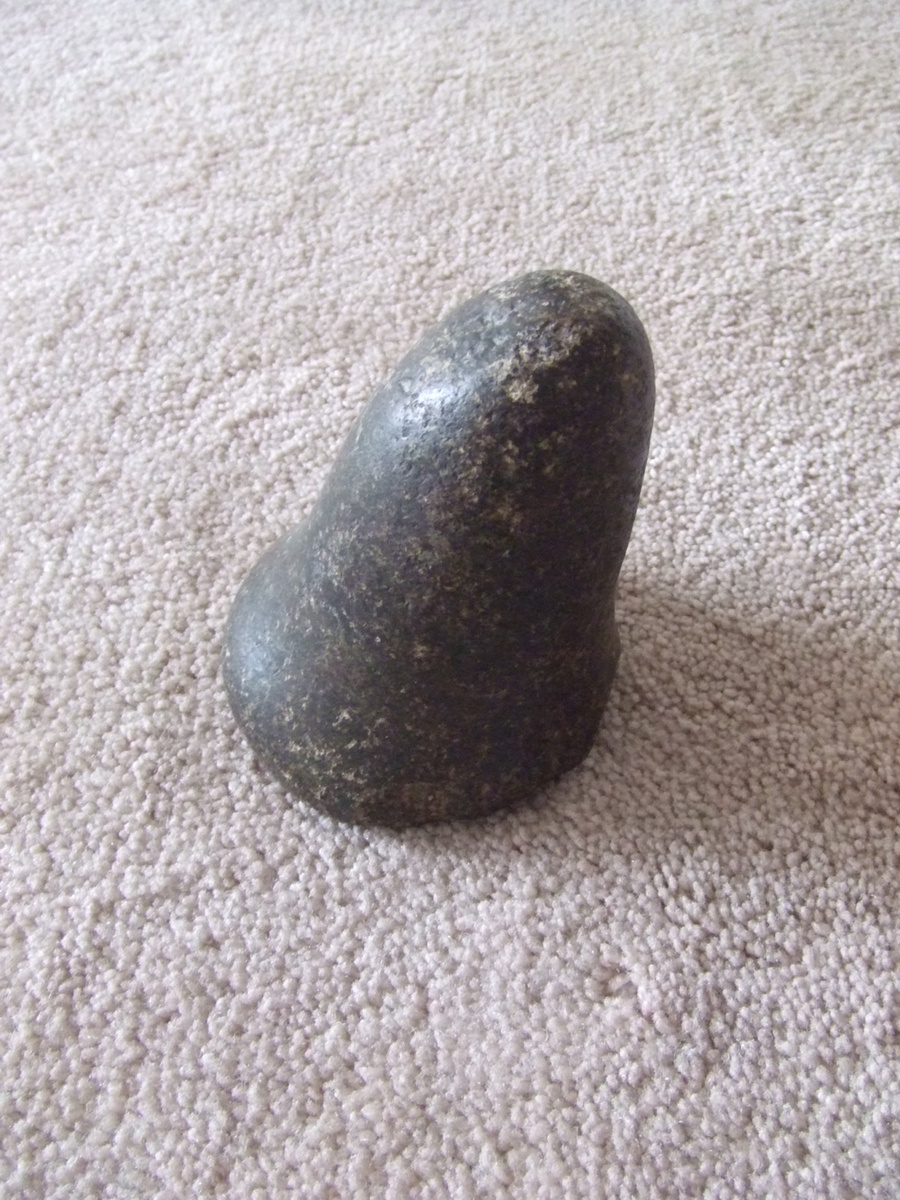
Native American Pestle or grinding stone Collectors Weekly
Museum archivists are cleaning and assessing the collection, which contains many stone tools necessary for the survival of the Native Americans prior to European contact, including projectile points and spears for hunting game, hammer stones and ax heads for building, scrapers for preparing hides for tanning and grinding stones and pestles for.
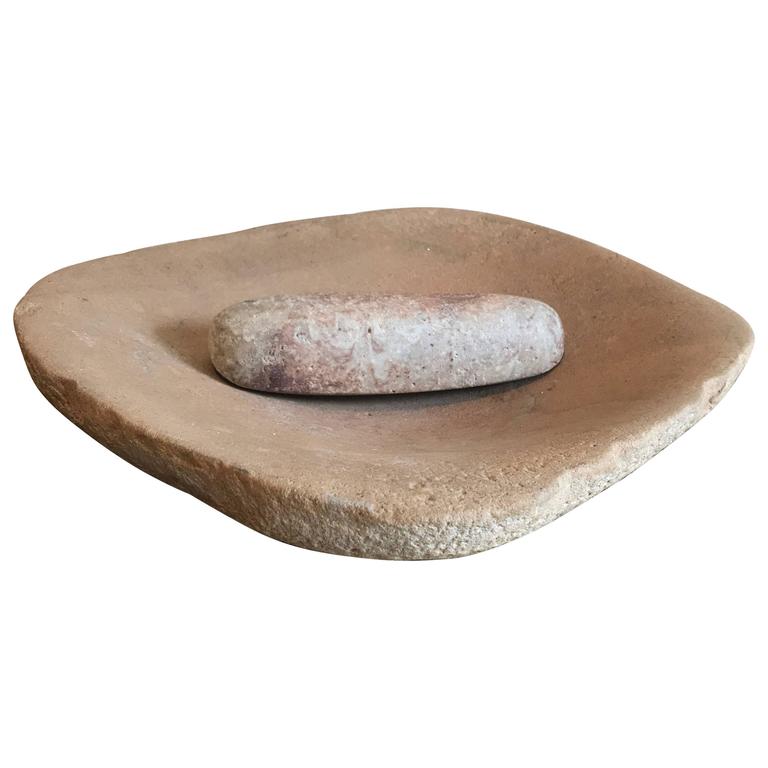
Native American Grinding Stone Bowl and Pestle at 1stDibs
5. Pumice. Various types of igneous rock were used by the Native Americans, and Pumice is one such rock that was ground down and used in the clay to mix pottery. Pumice is a type of volcanic glass. White Pumice is a particular type of the stone that can be found commonly used in the pottery of various tribes. 6.

Sold Price Ancient Native American Indian Grinding Stone Metate, 17" x
Not all California Native Americans use the term "grinding rock". Some prefer to call such rocks "pounding rocks," since acorns were pounded into meal rather than ground. Others call them "bedrock mortars," because the rocks served as a mortar against which women pounded the dried acorns using a stone pestle.

Old Native American Indian Grinding stones? Collectors Weekly
Native Americans used cobbles found along streams and in exposures of glacial till or outwash to produce a variety ground stone artifacts. The process by which ground stone tools are manufactured is a labor-intensive, time-consuming method of repeated pecking and grinding with a harder stone, followed by polishing with sand, using water as a.

Native american grinding stone photos
Indian Grinding Rock State Historic Park is a nice California state park that preserves a large rock used by Native Americans for food grinding and which as over 1,000 mortar holes. Located 5 minutes from Black Chasm Cavern, Grinding Stone State Park shows the history of the Native Americans in this area and is a great quick stop, here is all.

Native American metate and mano, grinding stone, Indian artifacts
Grinding Stones. As the name already suggests, these stones were used for grinding and shaping other stones and for grinding seeds and grains. These tools were usually made from sandstone or granite and were shaped by pecking and grinding. Weapons. Native Americans used various types of weapons for hunting, defense, and warfare.

Native American Grinding Stones and Tools
When a new sidewalk was installed along Coast Boulevard in spring 2017, a small Native American grinding stone, aka metate, was moved to accommodate the construction. It was taken to a City storage facility, and now, almost two years later, questions remain about where it will go from there.

Lot PREHISTORIC NATIVE AMERICAN METATE & MANO TROUGH GRINDING STONE
19h 57m. 5.04" LONG MANO / GRINDING STONE - VENTURA CO. CA - OJAI VALLEY - RICE CANYON. $13.95. $8.39 shipping. or Best Offer. LOT OF 24 Indian Artifacts. Grinding Stone/ Discoidal/ Multi Tool.

Large Grinding Stone/ Native American. 109715
Mano (stone) Native American manos from Arizona. A mano ( Spanish for hand) is a ground stone tool used with a metate to process or grind food by hand. [1] It is also known as metlapil, a term derived from Nahuatl. [2]
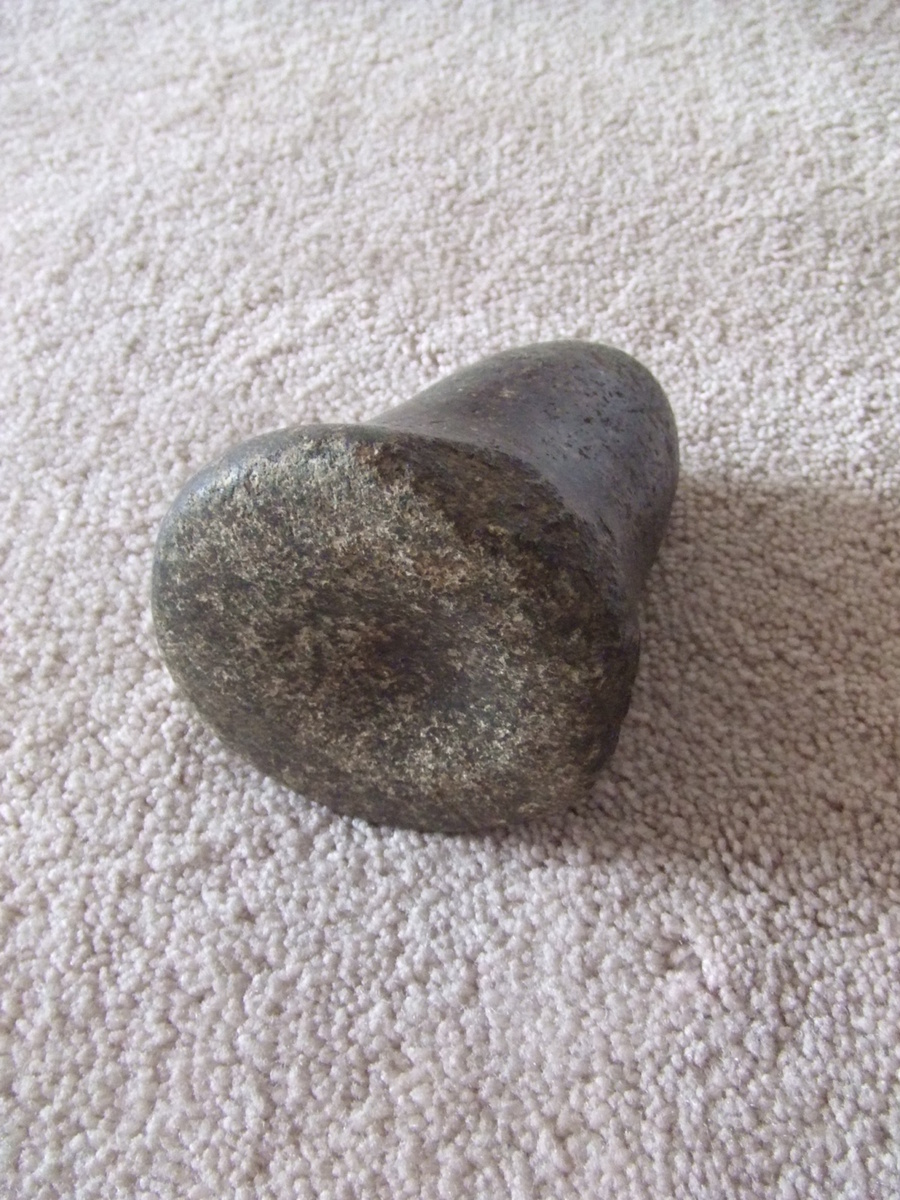
Native American Pestle or grinding stone Collectors Weekly
Native American grinding stones are typically made from solid rocks. Carved ceremonial metates made of volcanic stone embody one of Costa Rica's most distinctive and intricate pre-Columbian artifact traditions. They come in a variety of shapes and sizes, with structural differences corresponding to different places and time periods.
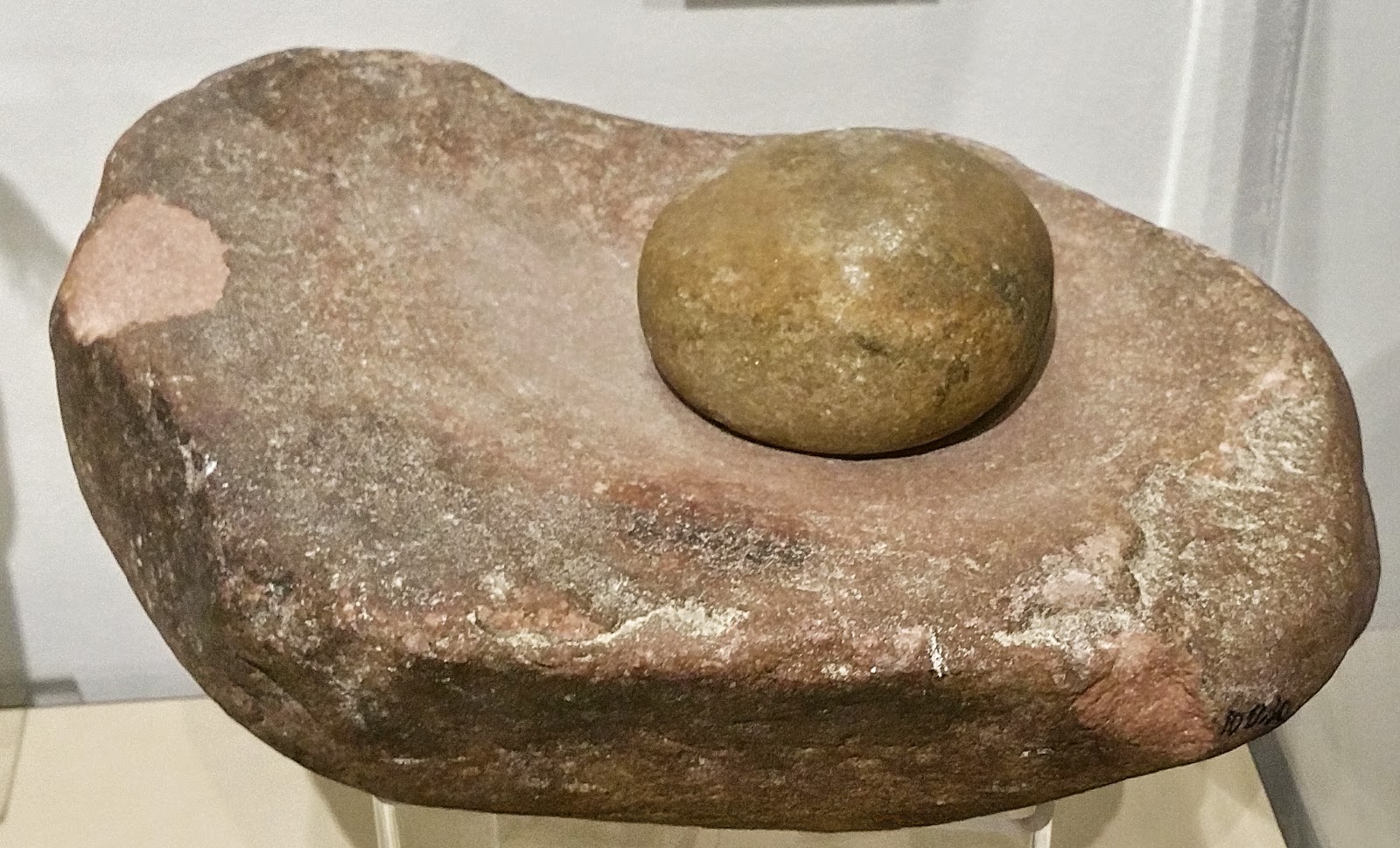
History and Culture by Bicycle Native American Artwork Featuring Chuck
Artifact Gallery - Mano and Metate. This mano (Spanish for "hand") and metate (the larger stone surface) were used for grinding corn before it was cooked. Corn originated in MesoAmerica and was grown in Mesa Verde beginning about 450 CE. By the time Europeans made contact with Native Americans, more than 350 varieties of corn (or maize.
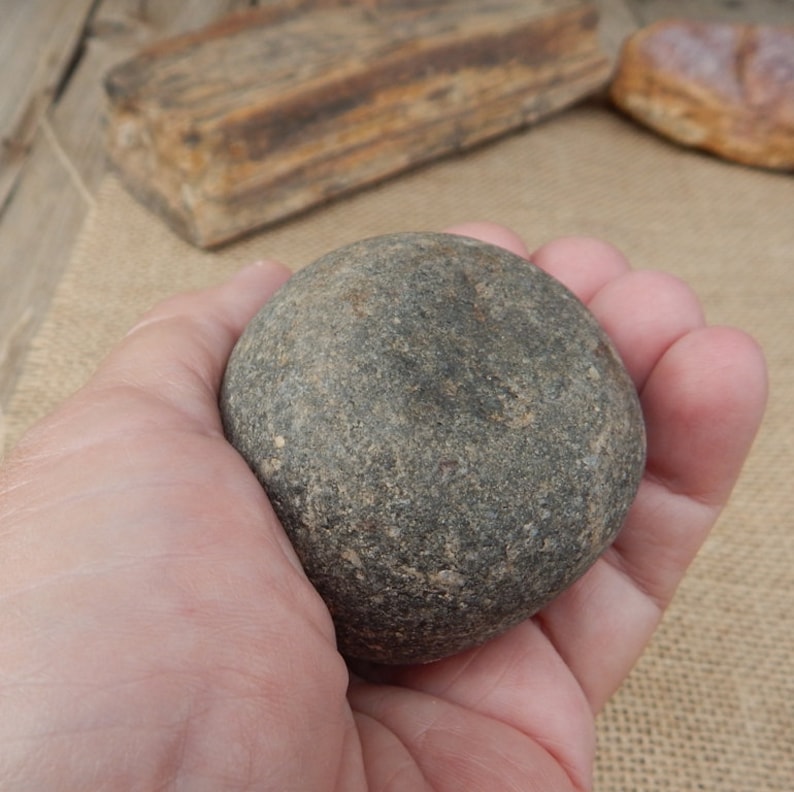
Ancient Native American Grinding Stone / Ancient Native Etsy
Native American Indian Grinding Stone Northeast Indiana. $69.99. $11.65 shipping. LOT OF 24 Indian Artifacts. Grinding Stone/ Discoidal/ Multi Tool. IL. $25.00. $31.01 shipping. or Best Offer.

An Indian grinding stone (Grayson County, Tx) Native american
Authentic Native American Grinding Stone Metate Mano Effigy Scraper Pecking Tool. Opens in a new window or tab. Pre-Owned. $39.00. belro-1484 (42) 100%. or Best Offer +$9.55 shipping. STONE MORTAR GRINDING BOWL Pristine Oregon Native American Artifact . Opens in a new window or tab.

LARGE ANTIQUE NATIVE AMERICAN GRINDING STONE
A Metate is a Native American grinding stone used for a variety of tasks. While they are most often associated with food preparation, they can also be used for tasks such as shaping wood and sharpening tools. Grinding stones are typically made from large pieces of stone or granite, and they can vary significantly in size..

Pin on Texas Arrowheads
Mano is the Spanish word for "hand," and it refers to a stone that is held in one or both hands and moved back and forth against a larger stone in order to grind seeds, nuts, and other hard materials.Metate is derived from metatl, a word used by native peoples in central Mexico to describe the larger stone against which the mano is ground.. During the Archaic period, manos were round or oval.